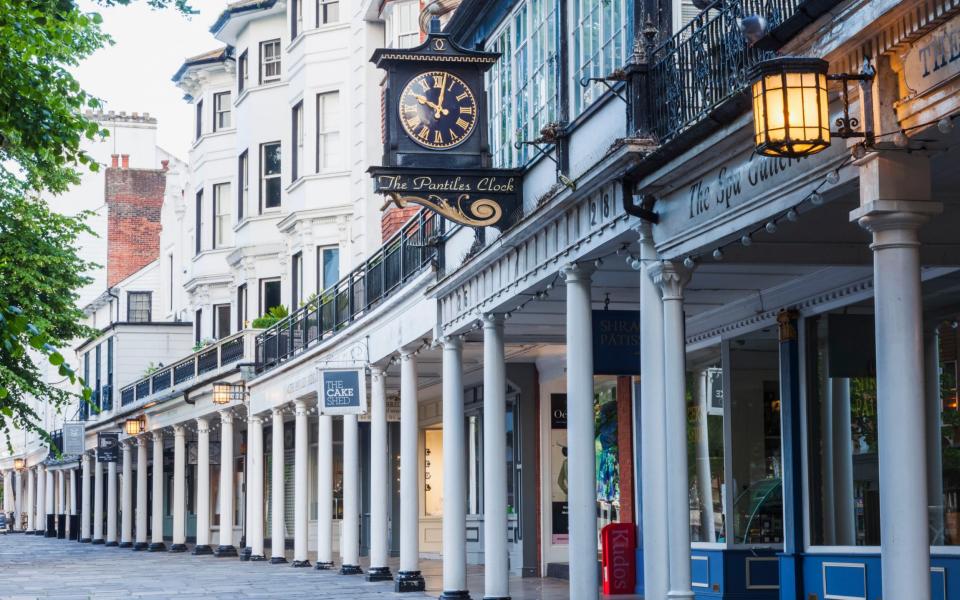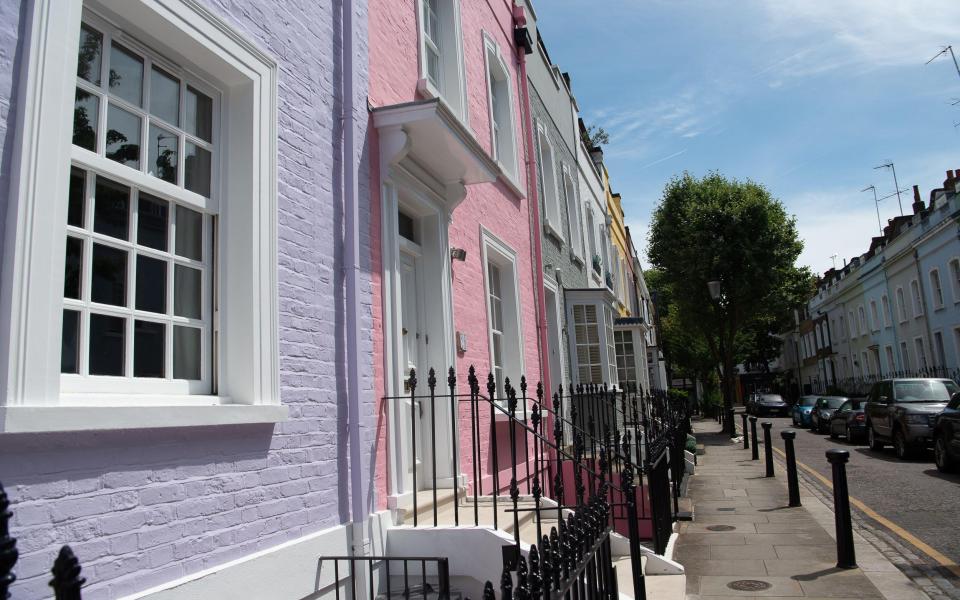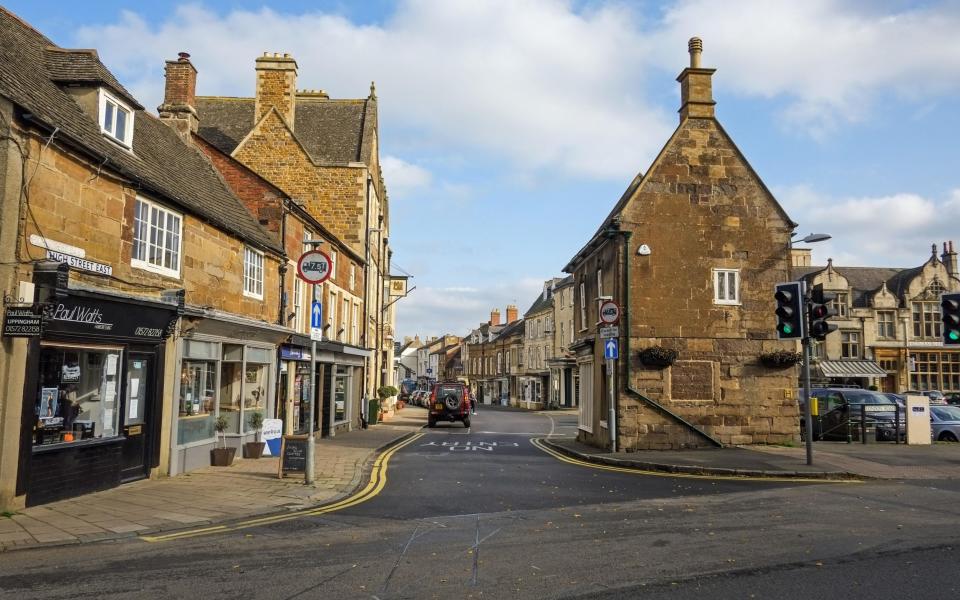It might seem a little premature, but I already know where I want to shrink.
I love where I live now and can’t imagine ever wanting to leave. The village my wife and I live in is in Hampshire, close to London, surrounded by rolling hills and just as importantly, our friends.
However, our family home may not be right for us later in life, so if or when it comes to it, my downsizing plan would ideally be to an apartment in a renovated stately home.
The way I see it, you get all the benefits of the property – the gardens, room sizes, the light – without the maintenance responsibility.
And living in an apartment means being on one floor, with good accessibility, as well as the likelihood that a service team will be available if you have problems.
It won’t be cheap, but I think, one day when the time is right for us, it would be worth it.
How you downsize and where you downsize is a very personal decision, but you need to be strategic so you can be sure you’re getting the most for your money.
Working out what you want from an area and a home is just as important, perhaps even more so, when you are downsizing because you are making your final move due to the nature of downsizing. You’re not going to double down.

Research by Hamptons estate agents identified the top 100 locations for downsizing, based on data including travel time to the nearest town center and total reported crime.
The results include favorites such as Tunbridge Wells and Harrogate, but also less obvious ones such as Westminster.
It is what the prices reflect. These areas are popular because they are close to amenities, and are popular not only with retirees but also with young families.
One of the biggest pitfalls people make when downsizing is paying a premium on their property for things they don’t need, such as access to schools or fast transport to London. These are desirable earlier in life, but worth considering if you really need them. You can save yourself a lot of money if the answer is “no”.
In this spirit, I selected a few places from the list and looked for nearby areas that offer most of the same benefits, while leaving you more money to enjoy your retirement.


Take Cheltenham for example, it’s not hard to see why it’s such a popular retirement destination.
Situated in the Cotswolds it offers all the benefits of a vibrant Regency town with plenty going on, as well as green surroundings.
However, with an average house price of £414,605 it comes in well above the national average. So what about Tewkesbury?
Less than half an hour’s drive north of Cheltenham the medieval market town has a more attractive price point with an average house price of £273,210.
It doesn’t have all the biggest town facilities like Cheltenham, but I would definitely look if that was the area I had my heart set on.
In the South East, Chichester is popular. It’s close to the coast, has a nice mix of old and new, and easy transport links to London. There is also a good range of retirement accommodation available.
These new developments, aimed at downsizing, are a far cry from the worn-out image we associate with accommodation later in life. They provide community and remove the stress of having your own home and gardens, but with the privacy they bring.


Renting may not seem like the obvious choice at this stage of your life, but if done the right way it could free you up to spend your money on other things, so it’s worth considering.
As is Fareham, a market town north-east of Portsmouth.
Not far from Chichester, and between the city hubs of Portsmouth and Southampton, there is a modern high street as well as a weekly local market.
It also has a much nicer price tag. While the average house price in Chichester is £423,000, Fareham’s is £351,025. That’s not bad savings for a trip down the motorway.
Head north and similar savings can be found.
Rutland in the East Midlands makes the list of the top 100 places to retire, and I can certainly see why a “county of good taste” appeals to downsizers.


You might consider Uppingham, a market town famous for its famous private school. The honey colored buildings help to bring the English charm to the town and it is easy to imagine putting down roots here later in life. The average house price in the town is £392,294.
In contrast, Kettering, around half an hour up the road, has an average house price of £245,442. With good links to London, and a recently regenerated high street, it can compete with the commuter towns of Surrey or Kent, but at a fraction of the cost.
While these are all good options, and certainly worth hunting around, don’t be afraid to think outside the box.
A grandfather I met, Brian, was on a bus trip away from his family and traveled every day to do the gardening and help around the house.
The family realized that it made sense to provide him with something more permanent as an option to stay in if needed, so they built an annex in the garden just for him.
At first, he used the suffix occasionally, but then eventually moved into the ending when it made sense to do so.
Downsizing and then using the money to extend a property can be a very efficient use of your money – I’ve always said it’s cheaper to build than to buy.


Whatever you decide to do, tackle it early and think as strategically as possible. It can be scary, but I think downsizing is an exciting opportunity.
It’s a win-win – you’ll find a property that better suits your needs later in life, and hopefully a nice lump sum to enjoy.
My final advice is: don’t leave it too late.
Whenever you decide to downsize, and however you decide to do it, it’s likely to be stressful. There are usually big changes – especially if they involve property.
However, if you get on the front foot and take the time to find the right option for you, it is extremely exciting.
Good luck and let me know how you get on.